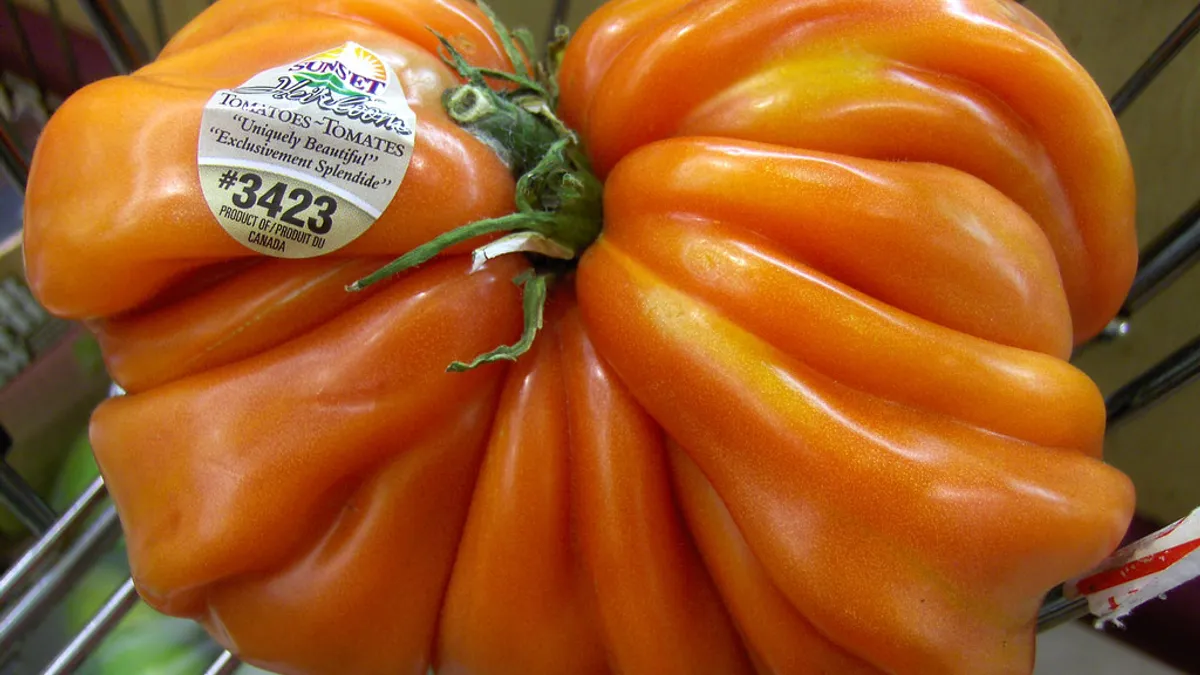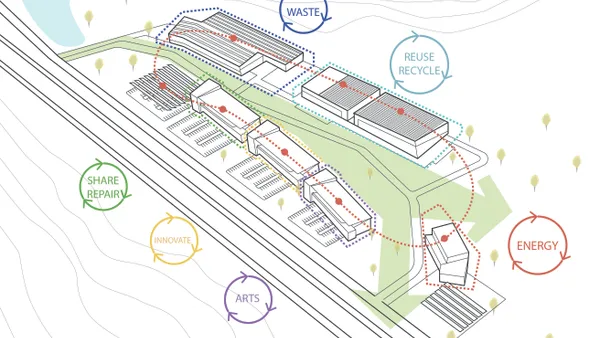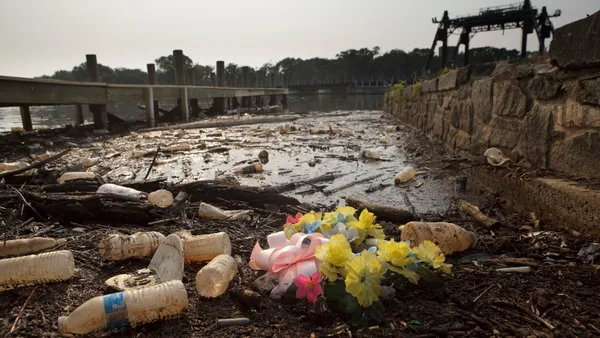Dive Brief:
- Chris Baker, a partner at management consulting firm Oliver Wyman, said nearly 33% of all produce is wasted, representing 1.3 billion tons of food and nearly $1 trillion annually, according to the New Hope Network.
- Among the tips retailers can use to reduce food waste at the store level are sharing scraps for compost, not discarding “ugly” produce, working with growers to minimize losses and downsizing store displays.
- Baker recommends setting "reasonable" waste-reduction goals by testing initiatives at one or two formats before taking them chain-wide. What makes sense for smaller stores may not work with the larger players.
Dive Insight:
An estimated 10% of the food that hits grocery store shelves every year goes to waste, according to the U.S. Department of Agriculture. Consumers also contribute to the problem, with nearly one-third of all food they purchase and prepare going uneaten.
Produce is one of the largest problems when it comes to food waste, especially at the retail level. In 2015, approximately 6.7 billion pounds of fruits and vegetables went unharvested or unsold by growers, according to a study by the United Nations Food and Agriculture Organization and World Economics Forum. Poor ordering and forecasting processes are two causes, but grocers are also used to overstocking items to provide as much choice as possible to shoppers.
"If you think of this from the retailer perspective, stores that flourish are the ones with full displays of beautiful food," Beth Vallen, associate professor of marketing and business law at Villanova University, told Food Dive. "Consumers want to see big displays of beautiful things. …To be successful, (retailers) have to anticipate what consumers want."
Supermarkets also tend to throw away produce that isn’t in perfect condition to keep displays attractive and optimize sales, as consumers often distrust fruits and vegetables that are bruised or marked by insects. Retailers have tried to combat this issue in recent years with campaigns that celebrate "ugly produce" and sell it at a lower price, but the problem persists.
The Food Marketing Institute also recommends that retailers become more engaged in closely tracking and benchmarking waste. This involves adding protocols and employee training programs for collecting data and becoming more aware of the problem. Grocers can also consider selling resuasable storage containers that can extend a product's shelf life, or work with suppliers to create smaller produce case sizes.














